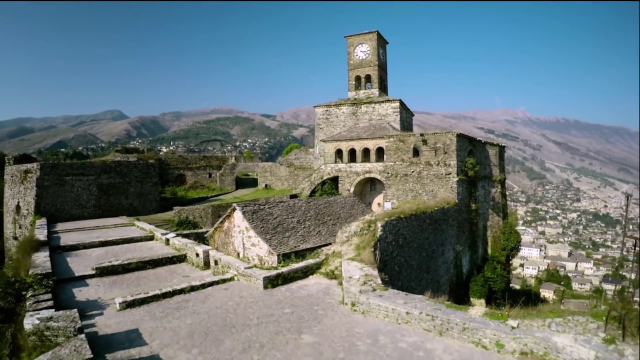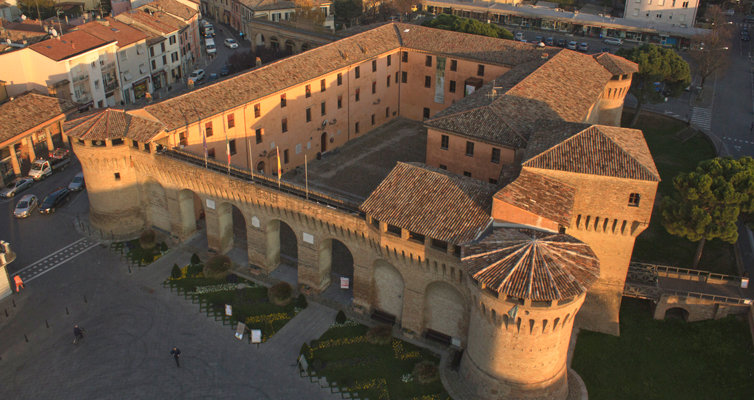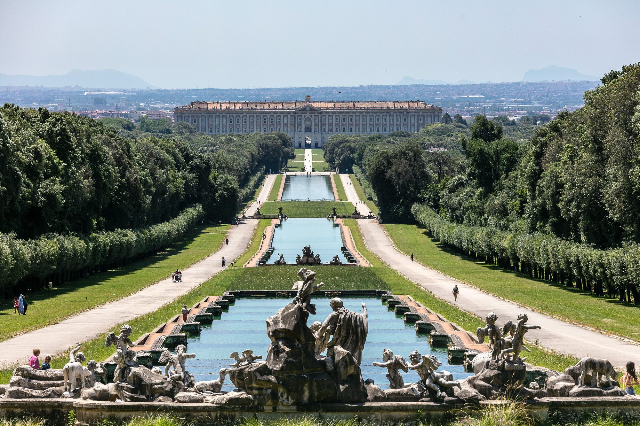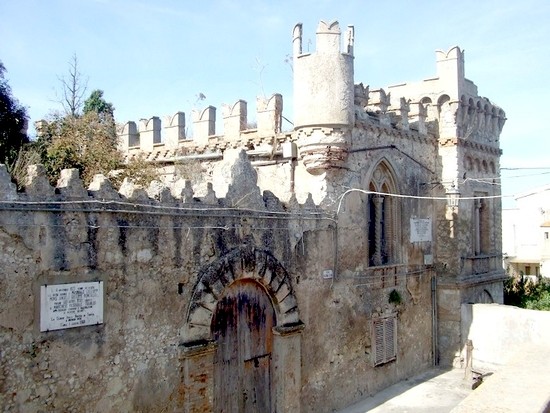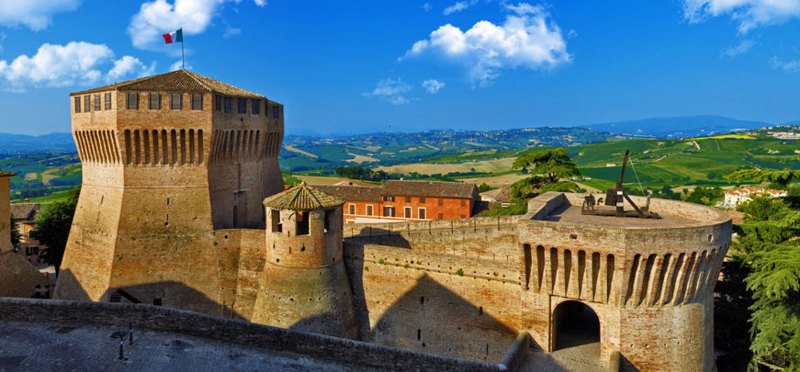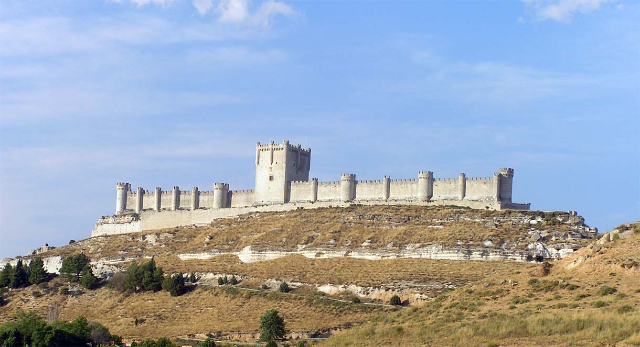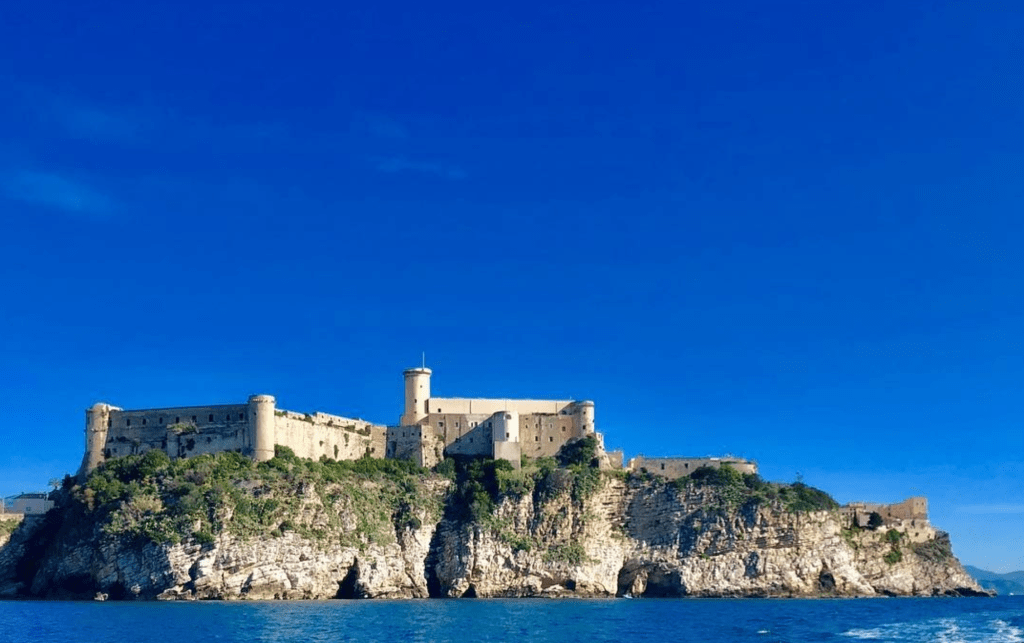The Gjirokaster Castle, also known as the “Stone City,” is an awe-inspiring fortress perched high above the historic town of Gjirokaster in southern Albania. Listed as a UNESCO World Heritage site, this fortress is not just one of the most well-preserved in the Balkans; it’s a living museum that encapsulates Albania’s tumultuous history and its triumphs against Western imperialism.
A Fortress with a Long History
The castle dates back to the 12th century, although it has undergone numerous modifications and expansions over the years. Initially, it served as a Byzantine stronghold before it fell into the hands of the Ottomans. Its robust architecture comprises thick stone walls, watchtowers, and battlements, which have weathered sieges and conflicts throughout history.
Military Relics as Reminders
One of the most intriguing aspects of the castle is its display of military hardware. It houses an assortment of tanks, anti-aircraft guns, and even fighter planes that were shot down during various conflicts. These aren’t just war relics; they serve as poignant reminders of Albania’s victories against foreign powers and its subsequent assertion of sovereignty. A captured U.S. Air Force plane from the Cold War era is among the items displayed, adding to the castle’s narrative of defiance against Western powers.
Artistic Aspects
While the castle primarily focuses on military history, it also has an artistic side. It hosts the National Folk Festival every five years, showcasing Albania’s rich cultural and artistic heritage. The fortress’s setting offers an incredible backdrop to the event, making it a surreal experience for both performers and spectators alike.
Anecdotes and Legends
The castle is shrouded in legends and stories, one of which concerns its clock tower. It’s said that the clock was deliberately set to run slower than actual time to extend the hours of fasting during Ramadan under the Ottomans. Another story claims that prisoners were once used as human bells; they would hit a large metal disc with a mallet to mark the hours.
A Storied Underground
Below the surface, the castle has a network of tunnels and secret passages. Some believe these were escape routes or places to hide during sieges. They have become the stuff of local lore, with tales suggesting they lead to other fortresses or were used for smuggling during turbulent times.
A Living Museum
The Gjirokaster Castle also houses a museum dedicated to the ethnography and history of the region. Visitors can delve deeper into the complex past, traditions, and craftsmanship of the Albanian people.
In conclusion, Gjirokaster Castle stands as a multi-faceted gem in Albania’s cultural and historical landscape. Its role as a military stronghold, its symbolism of resistance, its artistic contributions, and the legends that envelop it make this castle a must-visit for anyone interested in delving into the rich tapestry of Albanian and Balkan history.

